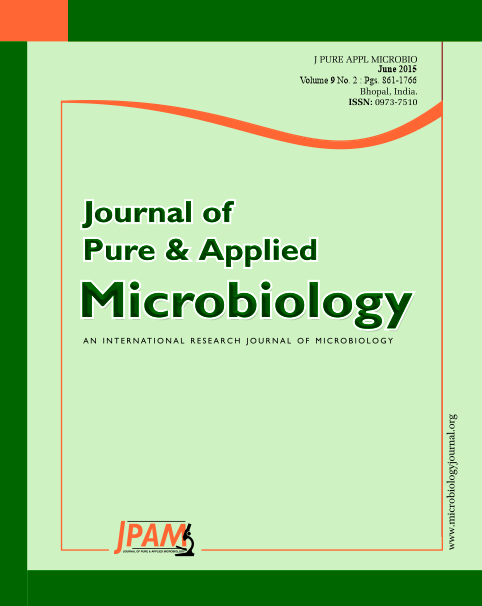Diphtheria is a highly contagious and potentially life threatening bacterial disease caused by Corynebacterium diphtheria1. It is a fatal disease and may cause serious complications if not recognised early and treated promptly.2 Inspite of extensive immunization coverage, there has been many incidents of drop outs in last decade2. Resurgence of diphtheria was reported in some of the countries, mainly due to waning immunity in adults with age, importation of new cases from the endemic regions and probably due to unidentified factors contributing to low incidence of the disease in some regions3. Several factors like inadequate vaccination, poor socio-economic status, ignorance, delayed reporting and nonavailability/delayed administration of diphtheria antitoxin (ADS), possible modifying effect of passively-acquired maternal antibodies in young infants, which could suppress the development of an active immunity following early administration of DPT vaccines-all are contributing to high mortality3.
© The Author(s) 2015. Open Access. This article is distributed under the terms of the Creative Commons Attribution 4.0 International License which permits unrestricted use, sharing, distribution, and reproduction in any medium, provided you give appropriate credit to the original author(s) and the source, provide a link to the Creative Commons license, and indicate if changes were made.


